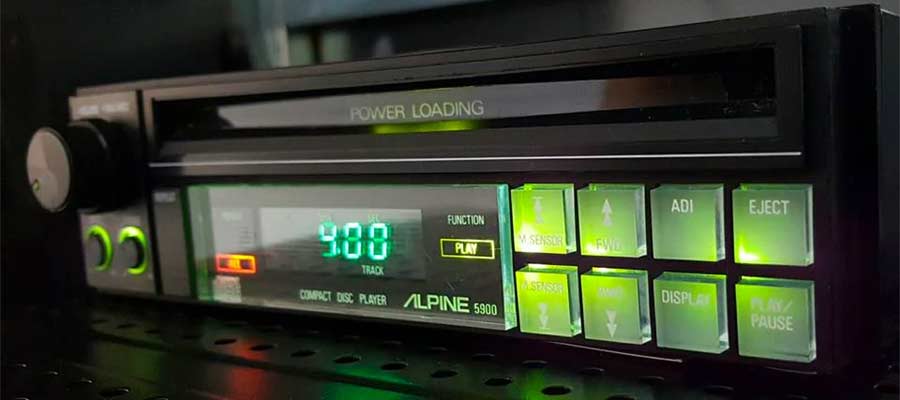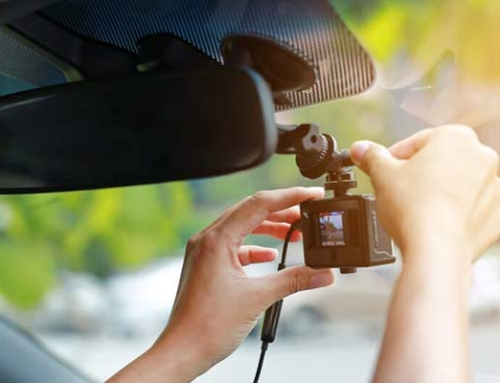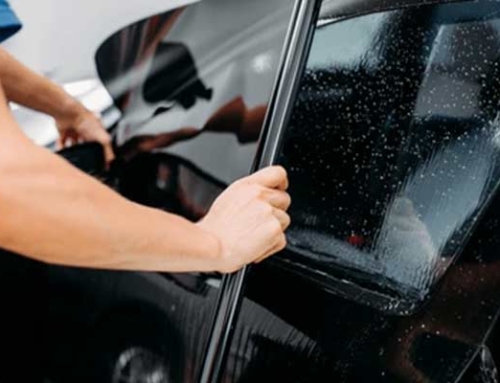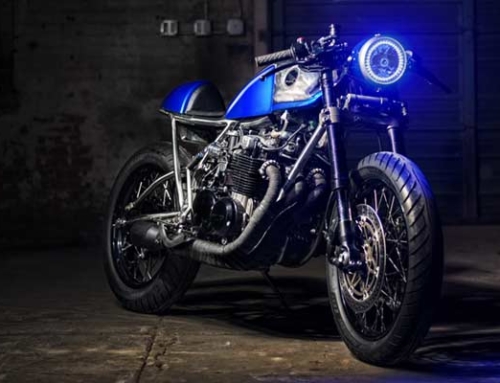
Discover the allure of vintage audio as we uncover why old stereos sound better. Explore the warmth of tube amplifiers and the craftsmanship behind timeless sound equipment. In today’s world filled with fancy gadgets and super advanced audio systems, there’s something special about the cozy, full sound from old stereos. Even with all the new technology, many people who love music say that old stereos have a charm that new ones can’t quite match. But why is that? Let’s look at how audio technology works to figure out why old stereos sound so good to many people.
5 Reasons Why do old stereos sound better?
1. Appeal of Vintage Audio
Before we dive into the technical stuff, let’s talk about why people are really into old audio gear. It’s not just because it brings back memories; it’s also because old stereos have a unique vibe and coziness that newer ones often lack.
They have a unique personality that makes listening to music feel extra nice. And get this: some people can hear the difference in how the music sounds between old and new systems. So, it’s not just a feeling; there’s something special going on with the sound quality, too!
2. Analog vs. Digital: The Fundamental Divide
One big difference between old and new stereos is the technology they use. Old systems mostly use analog circuitry, while newer ones rely on digital processing. Analog audio works with continuous signals, faithfully reproducing the original sound wave.
On the other hand, digital audio breaks down sound into separate numerical values, making it more precise but sometimes less natural-sounding.
3. Warmth of Tube Amplifiers
Vintage stereos are often loved for their tube amplifiers, famous for producing a warm, rich sound. Unlike the solid-state amplifiers commonly used in modern systems, tubes add a special touch to the audio signal.
They create smooth distortion and a natural compression effect, giving the sound a unique color and character. Audiophiles appreciate this particular sound, which adds to the appeal of old stereos.
4. Capacitors and Components: Aging Gracefully
As electronics age, small changes can affect how the sound comes out. Capacitors are essential parts that shape the audio signal and are especially noteworthy. In vintage equipment, electrolytic capacitors are often used. These can start to wear out over time, which can cause the sound to change slowly.
While this might sound bad, some people say it adds to the unique vibe of old stereos. It gives the sound a warmth and depth that’s hard to find in newer systems.
5. Craftsmanship and Quality Construction
Vintage stereos also have something special in their craftsmanship and how they’re made. Many older models were built with great care and attention to detail, using excellent materials.
They were made to last. You’ll find solid wood cabinets, strong frames, and super-precise engineering. All of this adds to the look and feel of vintage audio gear and makes it seem better quality overall.
6. Vinyl Revival: Embracing Analog
Vinyl records have made a big comeback lately, making people even more interested in vintage audio gear. Fans of vinyl love the warm, authentic sound you get from analog recordings.
They believe in using turntables and tube amplifiers to get the most out of their record collections. This new love for analog sound has returned vintage stereos to the spotlight. Now, they’re seen as valuable treasures from the past, sought after by people who appreciate classic audio equipment.
7. Human Element: Subjectivity in Sound
We have to remember that how we hear sound is personal. What sounds good to one person might not sound good to someone else. When preferring old stereos, it’s all about what you like to hear.
Some people love the super clear sound you get from digital audio, while others prefer the unique vibe of analog sound from vintage gear. It’s all about what sounds best to you!
8. Preserving the Legacy
In a time when technology often feels disposable, more and more people value the importance of keeping vintage audio equipment alive. Restoring and taking care of old stereos isn’t just about holding onto history—it’s also about making sure that people in the future can enjoy the unique sound of analog gear. Groups and individuals passionate about restoring vintage audio equipment are significant. They help protect this cultural legacy for generations to come.
Conclusion
The argument about whether old stereos are better than new ones might always have a vague answer. But one thing is sure: vintage audio gear has a charm beyond specs and numbers.
Whether it’s the cozy feel of tube amps, the little quirks that come with age, or just the nostalgia of the past, there’s something extraordinary about the sound of old stereos. As technology progresses, let’s remember how unique vintage gear is and the unique sound experience it brings.
FAQs
- Are old stereos better than modern ones?
The preference for old stereos often depends on personal taste, with some enthusiasts favoring the warmth and character of vintage sound.
- What is the role of tube amplifiers in vintage stereos?
Tube amplifiers impart a warm, harmonically rich sound to audio signals, contributing to the unique sonic signature of old stereos.
- Do aging components affect the sound quality of old stereos?
Yes, aging components like capacitors can subtly alter the tonal balance of old stereos, contributing to their distinctive sound characteristics.
- Why is there a resurgence of interest in vintage audio equipment?
A growing appreciation for analog sound, craftsmanship, and the unique character of vintage audio gear fuels the resurgence.
- How can I preserve and maintain old stereos?
Proper maintenance, including cleaning, servicing, and occasional component replacements, can help preserve the performance and longevity of vintage audio equipment.





